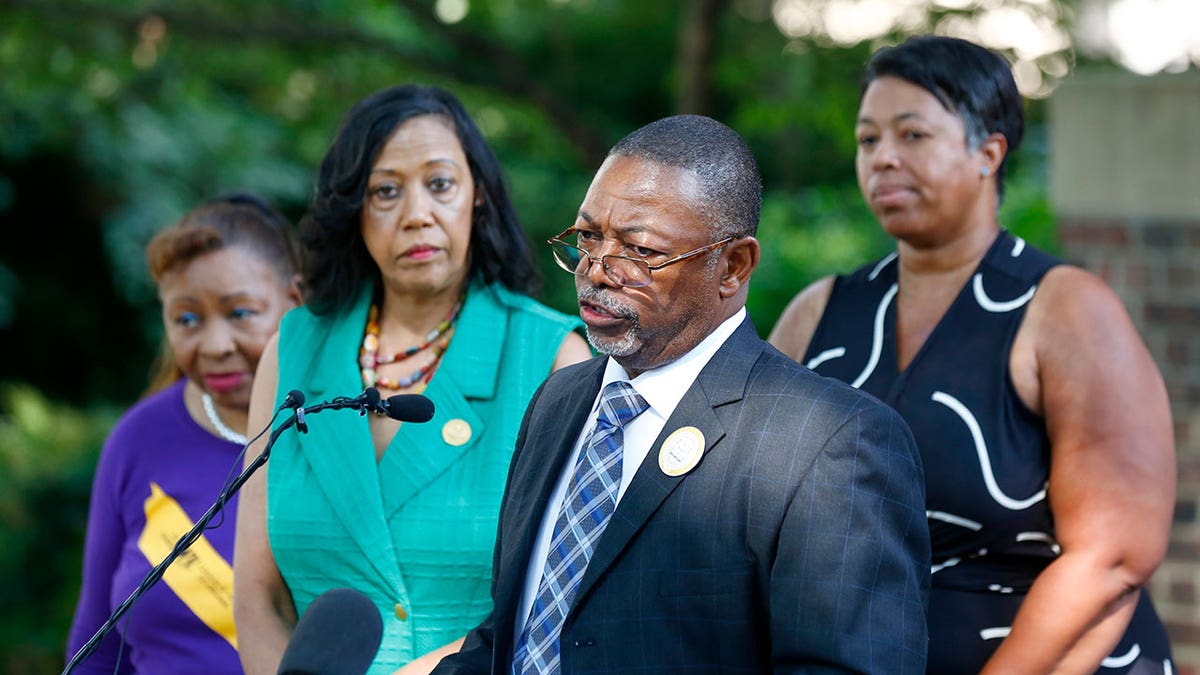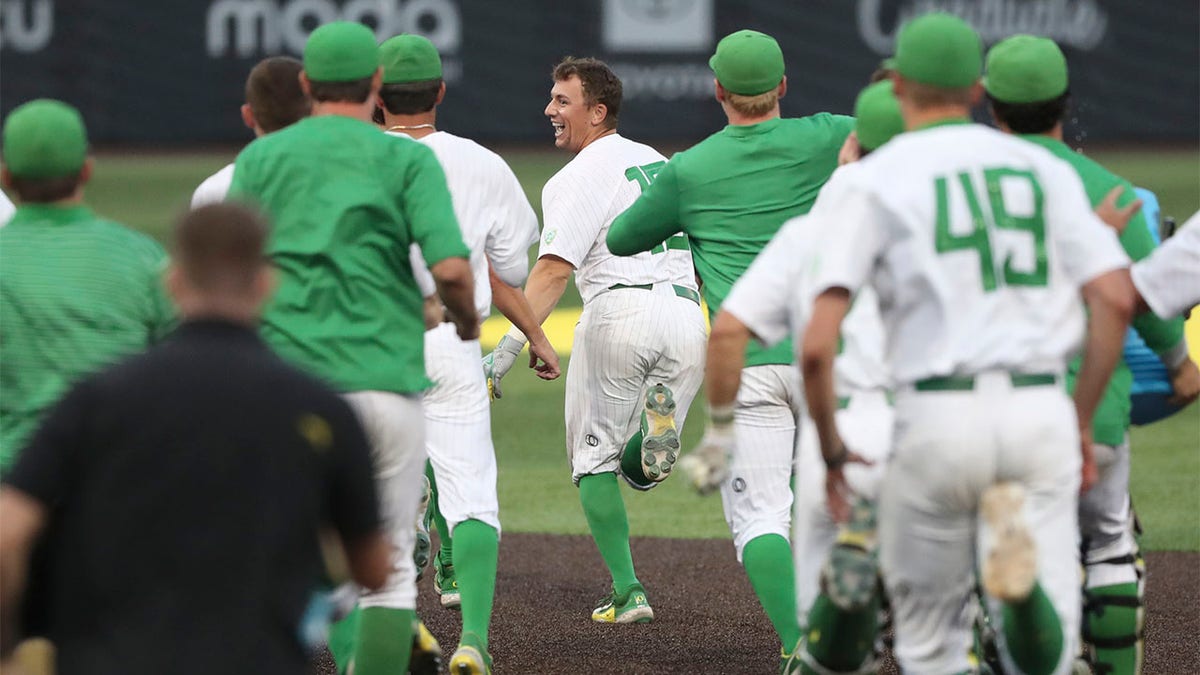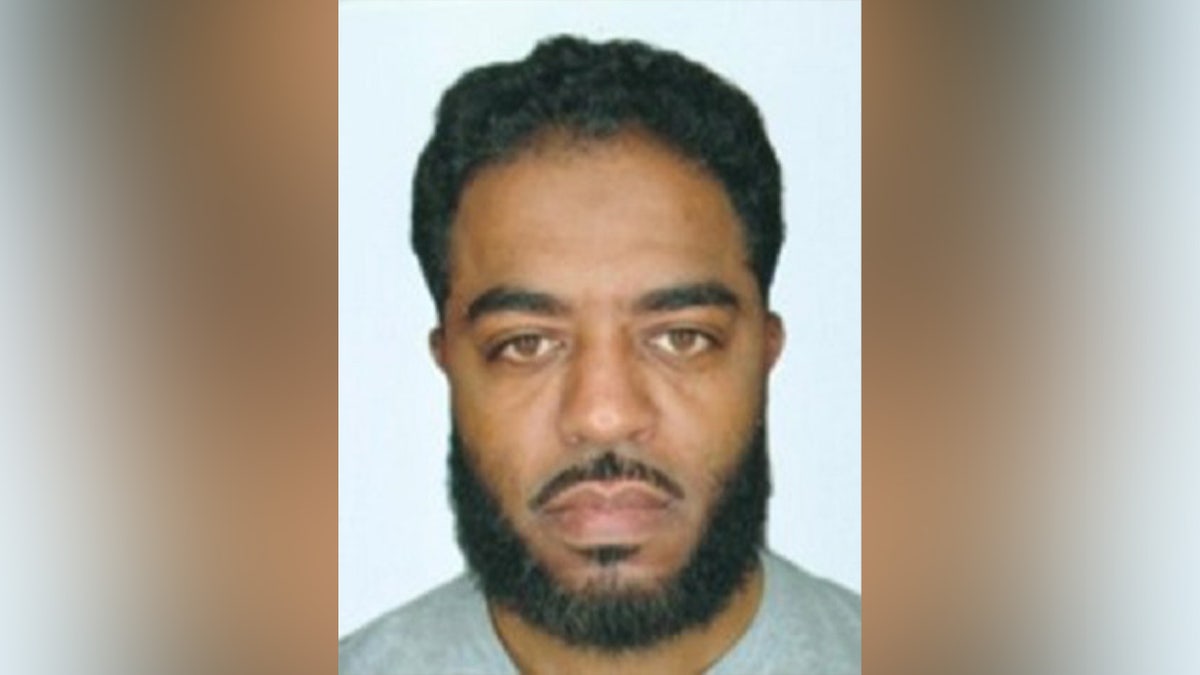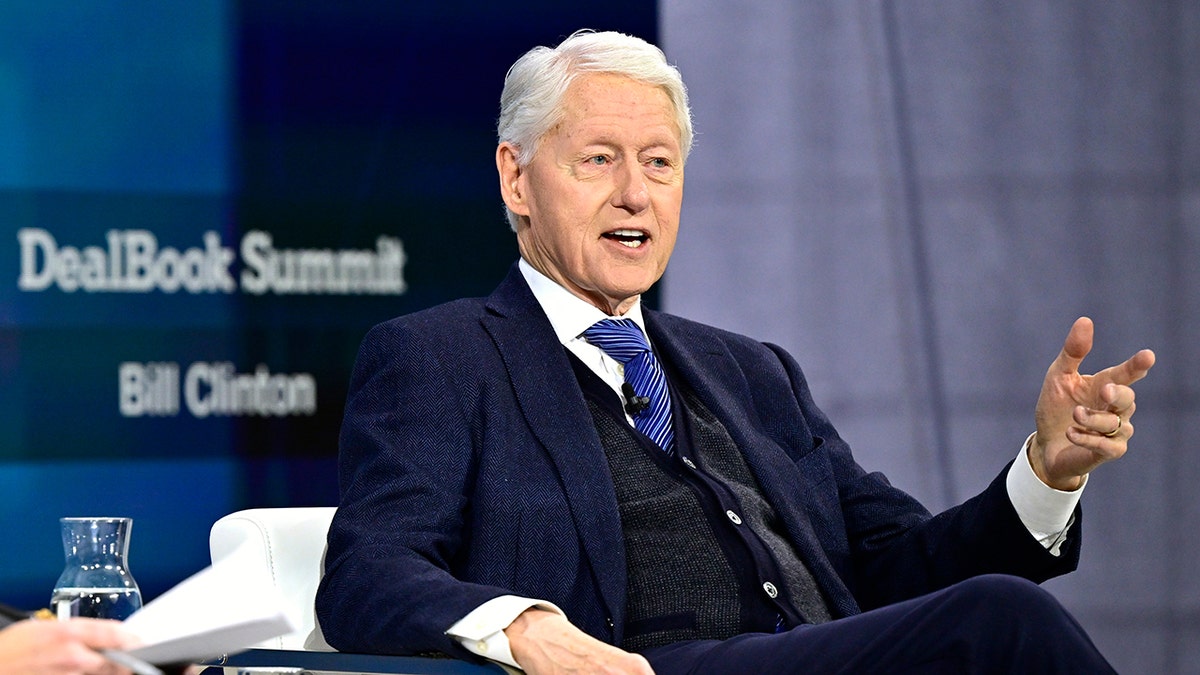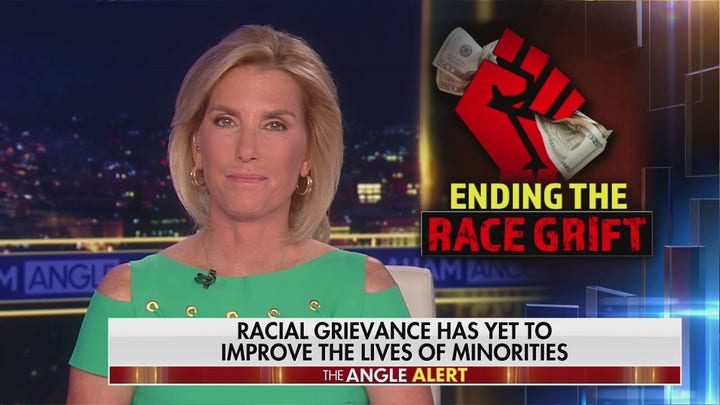Taylor Mohead, a recent Tuskegee University graduate, traded the familiar streets of her Houston hometown for the forested landscapes of Hazel Green, Alabama. She's now part of a unique U.S. Forest Service internship program, learning the ropes of wildland firefighting alongside other students from historically Black colleges and universities (HBCUs).
This intensive program immerses students in the demanding world of prescribed burns, where they gain hands-on experience in clearing paths, igniting fires under controlled conditions, and ensuring complete extinguishment. The apprenticeship provides them with valuable credentials, paving the way for future careers on the fire lines.
While a challenging way to spend a summer break, Mohead embraces the experience. "Look at me," she says with a grin. "I'm really small. I’m really short. And being a woman of color, that’s something, too. I feel like that’s more inspiring. I got goosebumps right now." Her enthusiasm reflects the program's goal of fostering a diverse new generation of forestry and firefighting professionals.
This initiative, the 1890 Land Grant Institution Wildland Fire Consortium, is a collaborative effort between the U.S. Forest Service and four HBCUs: Florida A&M University, Southern University, Tuskegee University, and Alabama A&M University. Launched in 2021, the consortium aims to address the underrepresentation of minorities in these fields, especially as wildfire seasons intensify due to climate change.
Stephanie Love, the USDA Forest Service’s national diversity student programs manager and an Alabama A&M alum, emphasizes the strategic importance of partnering with these institutions, which boast some of the nation's leading agricultural programs. The goal is to create a pipeline of students pursuing education and careers in natural resources, forestry, and fire management.
This program builds upon a long-standing relationship between Alabama A&M and the Forest Service, which established a USDA Forest Service Center of Excellence in Forestry at the school in 1993. Alabama A&M also formed the FireDawgs, a nationally accredited firefighting team composed of students, who are deployed to wildfires and prescribed burns across the country.
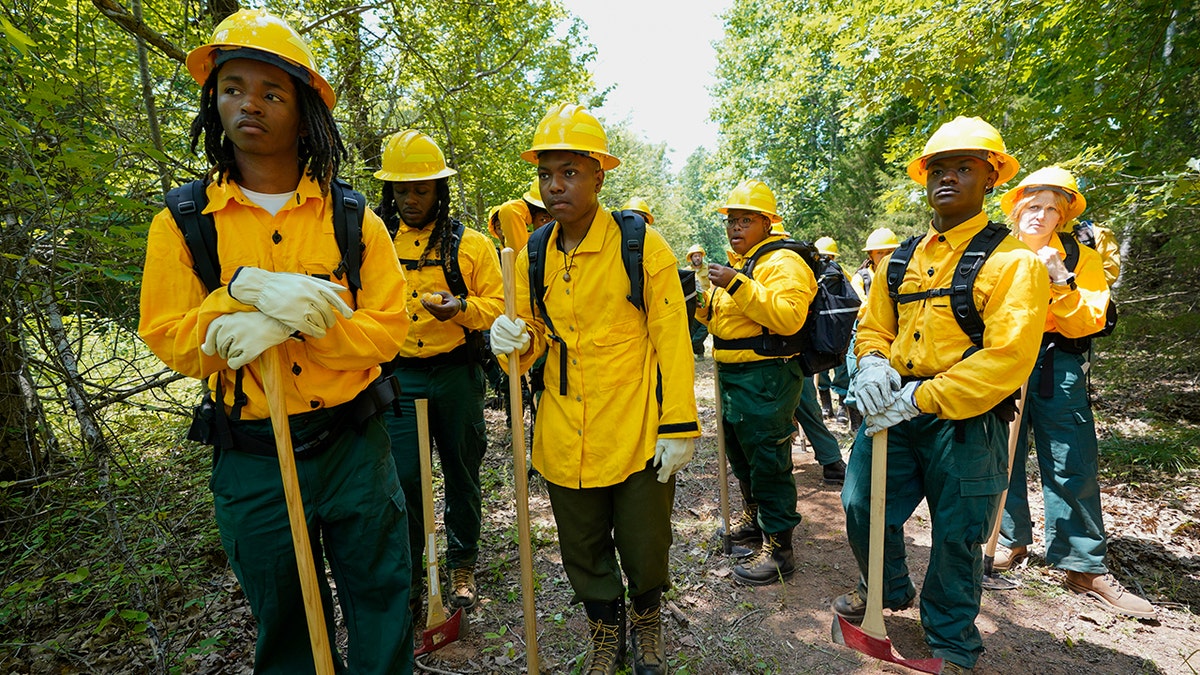
These programs have been instrumental in training a significant portion of Black foresters within the federal agency. While diversity in the Forest Service’s wildland firefighter workforce has improved over the past decade, representation for Black individuals and other minority groups remains low, highlighting the continued need for focused recruitment efforts.
One challenge is the lack of awareness among potential applicants of color, who may not be encouraged to consider these careers. Another hurdle is retaining students once they enter these fields. The Forest Service and HBCUs address this through mentorship programs, scholarships, and internships.
Bradley Massey, an Alabama A&M junior and president of the school’s forestry club, found his passion reignited after enrolling at the university. Inspired by the FireDawgs, he has embraced the rigorous training and is excited about the opportunities ahead.
Terry Baker, CEO of the Society of American Foresters and its first Black leader, underscores the growing need for a diverse firefighting workforce as wildfires become more frequent and intense. He acknowledges the challenges faced by Black firefighters who may feel isolated in predominantly white communities and emphasizes the importance of creating a more inclusive environment.
For students like Mohead, being part of a crew with shared experiences and backgrounds provides a sense of camaraderie and support, motivating them to persevere through the challenges of this demanding field.

